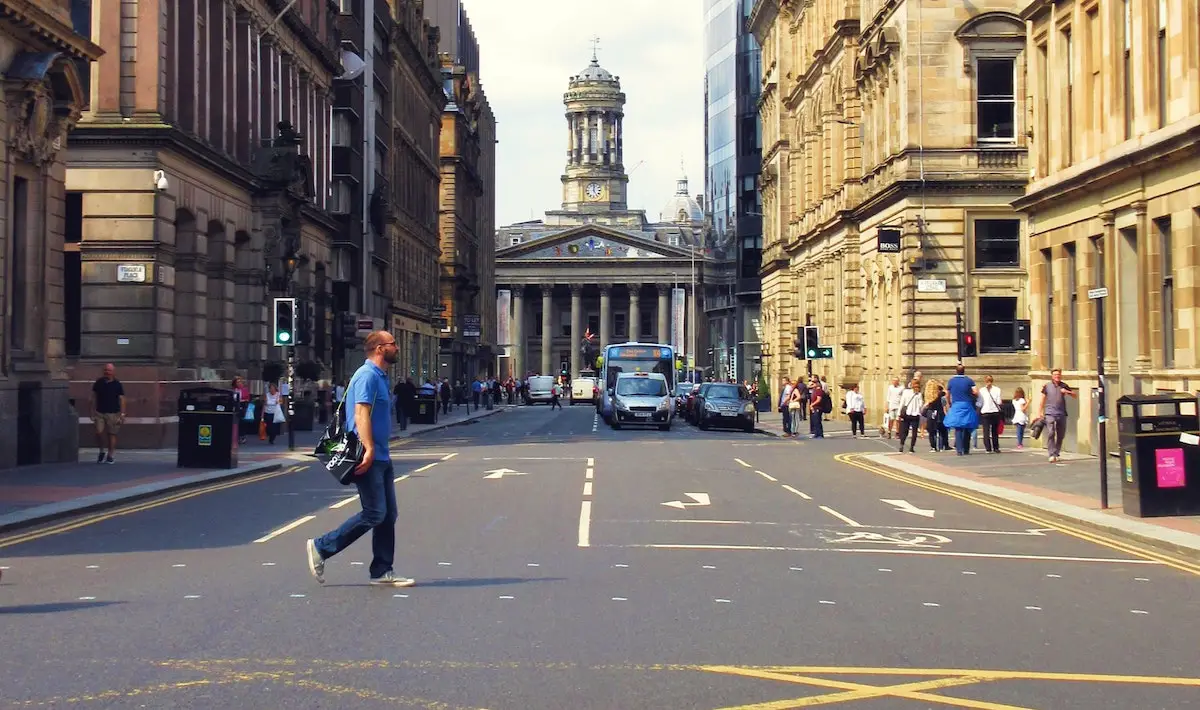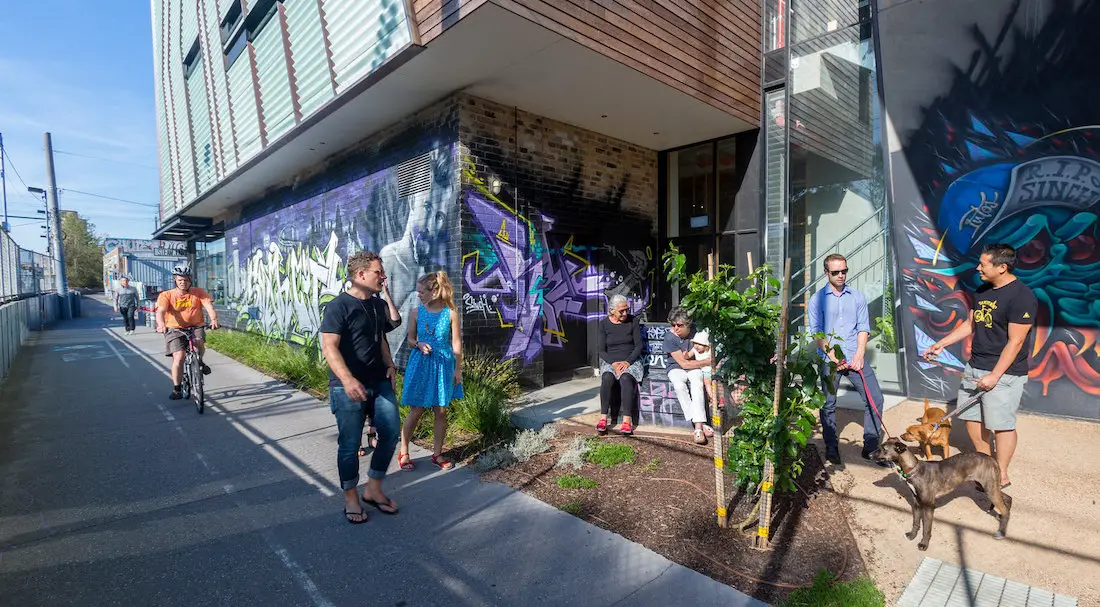The global spread of COVID-19 has impacted our health and health care systems across the globe, and many urban citizens are experiencing lifestyle changes from containment measures such as lockdowns, quarantines and curfews. For some, this means more responsibilities than ever, finding a new rhythm to working from home while also balancing child care and home schooling. For others, this change has brought about an availability of time that previously wasn’t expected.
For those who can, there is an opportunity to be had in harnessing this chunk of time. As tempting as it might be to master Estonian grammar or learn the bagpipes, if you’re reading this blog you might be more interested in tactical urbanism, placemaking and the future of our cities.
Tactical urbanism is an informal process, accessible to almost anyone, which aims to create better places and encourage community development. Temporary, low-cost, projects are undertaken in city neighbourhoods, improving areas in the short term, and demonstrating longer term opportunities. Approaches you might be familiar with include turning parking spaces into temporary parks, pop-up cultural and retail events, and the creation of outdoor seating to improve public space.

Around the world, public space is in flux. Some cities are restricting facilities by closing parks, fearing the risk of people being close together. In others, public space is effectively being extended with street and road space for those on foot and bike widened to facilitate physical distancing.
With so much unknown about the future and so many of us confined to our homes, it is understandable why now might be considered the wrong time to think about urban change. But with so many citizens having time on their hands and change seeming inevitable, is it actually the ideal moment to prepare to shape the future of our cities?
Community engagement group New Union have released Rethink Re:Place – a toolkit which aims to help. Free to use and licensed under the Creative Commons framework, it includes a guidebook, presentation, workshop script and promotional material.
The workshop presentation is designed to introduce those with no experience to the topic, guiding participants through the basics, aiming to set realistic expectations, and sharing successful placemaking examples. It includes group activities along with operational details in the workshop script for those facilitating. Some of the interventions featured within the toolkit include:
- Chair-bombing: making outdoor seats from salvaged materials
- De-paving: introducing green space to an under-used paved area
- Pop-up retail: creating shops which serve community needs
- Guerrilla gardening: transforming unloved public space
“Considering the economic crises that will follow [COVID-19], it’s fair to say placemaking activities won’t be high on the funding agenda. However, there couldn’t be a better time to bring the community together to talk about where they live.”
Nathan Coyle, Director of New Union
The challenge for anyone attempting community engagement at the moment is how to do that considering the likely ongoing need for physical distancing. Bringing people together, in person, to develop ideas and reach consensus is not an option in many places, with the timeline and approach taken to the easing of such restrictions a big unknown. Though digital alternatives exist and are being embraced, they have less viability for community projects which aim to reach people of different abilities, ages and technical connectivity, and which are run by those of limited experience in both the topic and the details of workshop facilitation.
This toolkit doesn’t address that, nor does it specifically aim or claim to, instead offering an easy-to-access framework for engaged citizens who are looking to shape the future of their neighbourhoods once we are able to work together, in person, again. Until then, for many people there’s plenty of time to get familiar with the topic of placemaking and tactical urbanism, as well as reading up on the details of workshop facilitation, ready to hit the ground running when we reach the other side.
The Rethink Re:Place toolkit is available for download here.
Images: Amber Hawkes, Mobile Town Square


